Growing onions, caring for crops, harvesting
Onion-batun is a perennial from the Onion family. People often call it Tatar, fist, winter, early April. The ground part of the plant is similar in shape to onions - long stems in the form of a tube or pipe. The external distinctive feature of the batun is the longer and denser stems, in comparison with ordinary onions.
Asia is considered the birthplace of this plant. In wild plantings, it can be found in Mongolia, China. On the territory of Russia, the onion is grown in almost any climatic zone, with the exception of the Far North, and caring for it rarely causes difficulty among summer residents.
The peculiarity of this subspecies is that it does not have a large bulb; only the ground part of the plant is intended for human consumption. The cultivation of this culture is advisable only for obtaining greenery.
Popular varieties
There are many varieties that differ in terms of ripening, appearance and taste.
- April. An early variety, ripens in April. Resistant to most diseases. Has a sweetish-tangy taste.
- Russian winter. Medium early ripening, with good frost resistance. Stems are about 35 cm long with a bright green color and a delicate sweetish taste.
- Baia Verde. Medium bow. Stems about 40 cm long with a pronounced onion aroma.
- Giant. Medium early, frost-resistant. The stems reach a length of 47-48 cm, fleshy, with a sweetish-sharp taste.
- Seryozha. The earliest variety. Frost resistant. The stems are up to 50-54 cm long and have a bluish-greenish tint.
For earlier harvests, it is recommended to plant the varieties Aprelsky, Seryozha, Russian.
To grow this crop, it is necessary to properly prepare the soil and fertilize the plant in time.
Soil preparation
For planting a crop, you need to choose light soils - loams and sandy loams are perfect. The best composition is a mixture rich in humus; near the root part, it should be well saturated with fertilizers, mainly with nitrogen content.
Important!
On clay soil, the plant will not take root or will give very weak yields. With an excessively sandy composition, it develops many peduncles, which will also adversely affect productivity.
Planting a batuna onion requires the right choice of place and competent soil preparation, since the plant will stay in one place for 3-5 years.
Choose wet, but not swampy places for planting a trampoline. For uneven terrain, the direction of the beds should be south or southeast. Before planting a crop, it is imperative to dig up the ground with a bayonet shovel.
Planting seeds
Sowing of onion seeds should be done in soil well fertilized with organic matter.
When growing a crop as an annual, sowing should be done at the very beginning of spring. Harvesting should be planned for early spring next year. Sowing density - about 2 g of seeds per 1 m2... In climatic zones with harsh winters, sowing should be more dense - about 3 g of seeds per 1 m2.
For the cultivation of trampoline as a perennial crop, planting of seeds can be done in summer or autumn. It is important to take into account that the culture has time to germinate well, to give large green shoots before the onset of cold weather, otherwise a fragile plant may die in winter.
The beginning of the harvest depends on the timing of planting seeds. For example, when sowing seeds in June, the first crop can be harvested in May of the following year; when sowing in autumn, you should count on collecting greens only in July of next year.
To obtain earlier yields, sowing seeds can be done under film. It is necessary to cover the beds with foil in April, and after harvesting the first harvest, completely remove it. This will speed up the first harvest by about 2-3 weeks.
Growing onions from seeds: a set of rules
- Planting density - 2 g per 1 m2 area - for the temperate climate of Russia. The width of the crops is 18-20 cm, the depth of planting seeds is 1-2 cm.
- It is very important to provide the crops with proper care. After sowing the seeds, the soil must be mulched well. It is better to do this using humus, evenly covering the sown area with it. After that, the soil must be compacted.
- During the entire period of seed germination, you need to take care of the garden bed, monitor soil moisture, and remove weeds.
- After the emergence of seedlings, an important stage of care begins - thinning. The optimal distance between the plants is about 2-3 cm. After a while, it is necessary to re-thinning, leaving only the bulbs located at a distance of 4-6 cm. In the case of planting a trampoline as an annual crop, thinning is not done.
- The last thinning should be done when 3-4 true leaves are formed. During the same period, the plants should be fed with fertilizers.
- To accelerate seed germination, they can be soaked in clean warm water for about one day. Seed care during this period consists in changing the water, about 2-3 times. After this procedure, the seeds must be dried.
- The fruit-bearing bed should be examined in the spring, dry leaves should be removed, the soil should be slightly loosened.
- When the first shoots appear, the soil should be saturated with complex fertilizers.
- Constant care of the planting of onion-batuna consists in regular weeding from weeds, loosening and moistening the soil. After each cut, fertilizer should be applied to replenish growth.
Harvesting
You can harvest the trampoline several times per season. The earliest collection is around April. Trimming the leaves is done when they reach a length of at least 20 cm, although they become edible at a shorter length. When harvesting, the onion is not pulled out by the root, but the feathers are carefully cut off at the base. To provide yourself with seeds, you should not cut off a few leaves, leaving them for the formation of peduncles.
It is recommended to water the garden abundantly two to three days before cutting. This technique in caring for onions will allow you to get a more juicy and delicate taste of greens and provide the plant itself with comfortable conditions for the growth of new leaves.
Interestingly, after pruning, the green mass grows more actively and the crop yield increases. After each cut, you need to feed the plant for the fastest possible recovery. It is best to use a solution of mullein diluted with water in a 1: 6 ratio for this. Can be fertilized with wood ash. To do this, it is dissolved in water or introduced into the soil in dry form when loosening the soil. Wood ash consumption - about 150 g per 1 m2 area. Proper care will surely pay off with a bountiful harvest.
Important!
Pruning greens should be stopped at least a month before the onset of cold weather. In winter, onions should come with good green mass.
Beneficial features
Batun onions are very useful due to the high content of vitamins A and C, which are especially necessary in the spring. The presence of calcium and potassium makes it very essential for heart function.
The green feathers of the batun contain riboflavin, which is important for maintaining good condition of the skin, hair and nails. It is especially useful for the functioning of the thyroid gland. And the content of thiamine has a beneficial effect on the state of the nervous and vascular systems, the work of the digestive tract. It helps to restore the body's defenses, improves brain function, and relieves psychological stress.
Due to the high content of essential oils, the onion has disinfecting properties, kills bacteria, and stimulates the appetite.The phytoncides contained in essential oils are capable of disinfecting the air, they are active against staphylococcus, Koch's sticks.
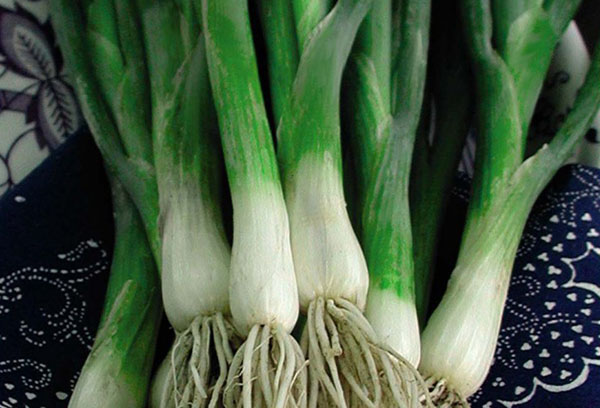
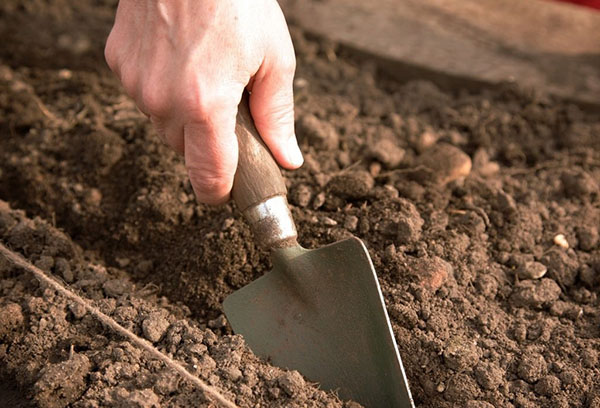
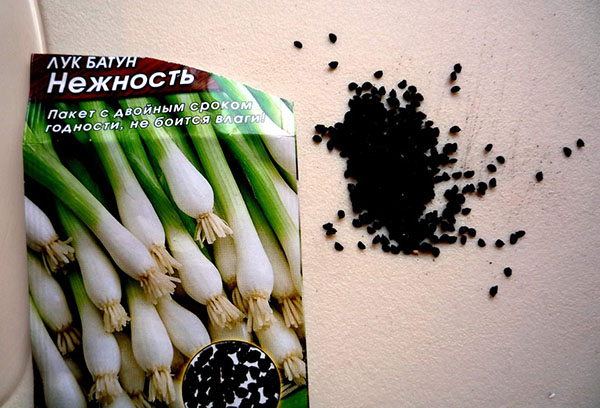
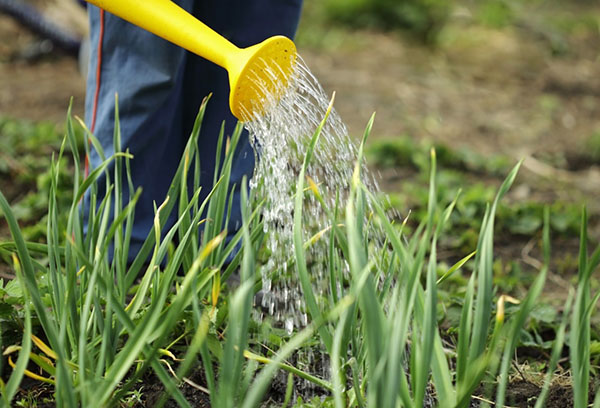
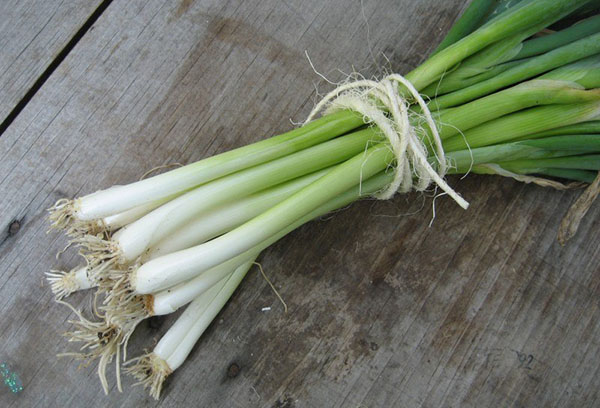
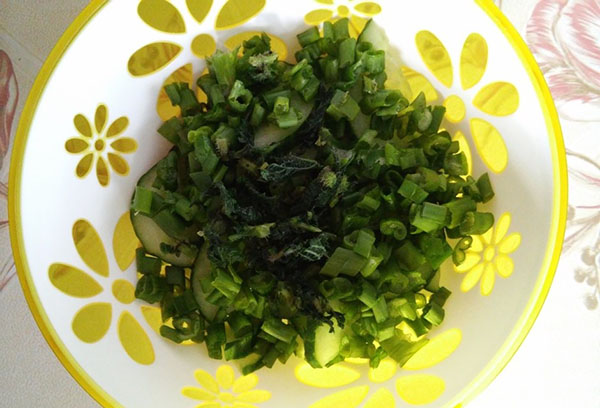
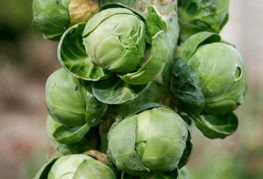
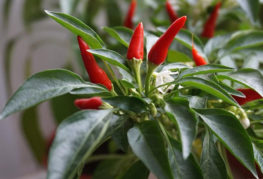
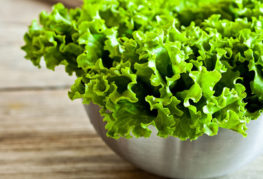
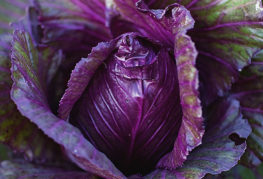
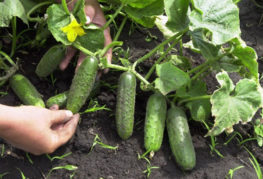

and will be published shortly.